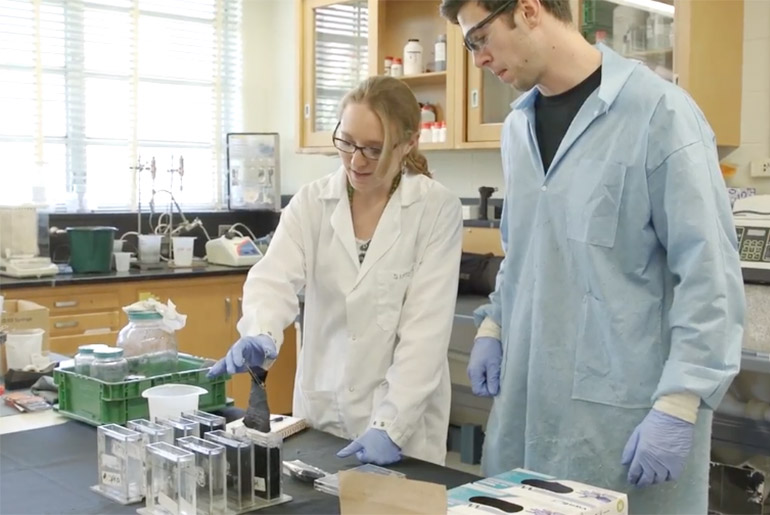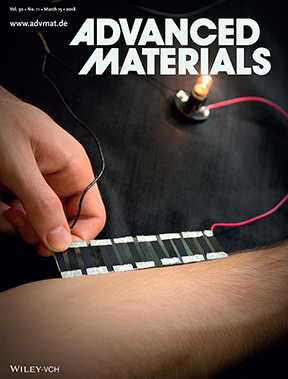
It may one day be possible to power electronics using your body heat, based on research conducted by a team that included Texas A&M University professor Dr. Jaime Grunlan.
Waste heat generated by engines, air conditioners, human beings, etc. is abundant, and can be converted to voltage that could power portable/wearable electronic devices and critical equipment in remote, off-grid locations.
“Our hope is to one day have a shirt that will recharge someone’s cell phone while they are out jogging because of the excess heat they are generating,” Grunlan said.
Researchers are seeking new ways to harvest waste heat and put it back to work as consumable voltage. While the research is currently focused on waste heat from critical energy sectors, such as the transportation and electricity-generation sectors and manufacturing processes, the team reported that improved energy generation efficiency in materials will naturally lead to widespread use in clothing capable of powering various devices from body heat.
 A team consisting of Grunlan, the Linda & Ralph Schmidt ’68 Professor in the Department of Mechanical Engineering, along with Dr. Jeffrey Blackburn and Dr. Andrew Ferguson, scientists from the National Renewable Energy Laboratory, and Grunlan’s postdoctoral student, Dr. Chungyeon Cho, recently published a review of carbon nanotube-based thermoelectric materials that are capable of converting wasted heat into useful voltage. This publication was featured on the cover of the March 15 issue of Advanced Materials (“Carbon-Nanotube-Based Thermoelectric Materials and Devices,” vol. 30, art. No. 1704386), one of the highest impact journals in the field of materials science.
A team consisting of Grunlan, the Linda & Ralph Schmidt ’68 Professor in the Department of Mechanical Engineering, along with Dr. Jeffrey Blackburn and Dr. Andrew Ferguson, scientists from the National Renewable Energy Laboratory, and Grunlan’s postdoctoral student, Dr. Chungyeon Cho, recently published a review of carbon nanotube-based thermoelectric materials that are capable of converting wasted heat into useful voltage. This publication was featured on the cover of the March 15 issue of Advanced Materials (“Carbon-Nanotube-Based Thermoelectric Materials and Devices,” vol. 30, art. No. 1704386), one of the highest impact journals in the field of materials science.
Carbon nanotubes (CNTs) represent a unique form of carbon with structural, electrical and thermal properties that enable efficient thermoelectric-energy conversion. The researchers reviewed the progress that has been made to understand the properties of single-walled CNTs and the role they could play in thermoelectric devices.
The thermoelectric work in Grunlan’s lab has been sponsored by the Air Force, a private foundation and a battery company. His group has recently spoken to some major sporting goods companies, along with a professional rugby team in Australia, about investing in the development of this important technology.
“In the sports world, there is a desire for players to wear jerseys that contain soft sensors that will transmit health information to the sidelines. If the jersey fabric were thermoelectric, the player’s own body heat would serve as the power source for those sensors,” Grunlan said.
The researchers also ran models to demonstrate the harvesting potential of CNTs with encouraging results, finding that the carbon-based material could act as a thermoelectric material with the same level performance as semiconductor systems, while remaining lightweight and flexible.
Grunlan’s research focuses on thermal and transport properties of nanocomposite materials, especially in the areas of thermoelectric energy generation, gas barrier and fire prevention. He also holds joint appointments in the Department of Chemistry and the Department of Materials Science and Engineering at Texas A&M.